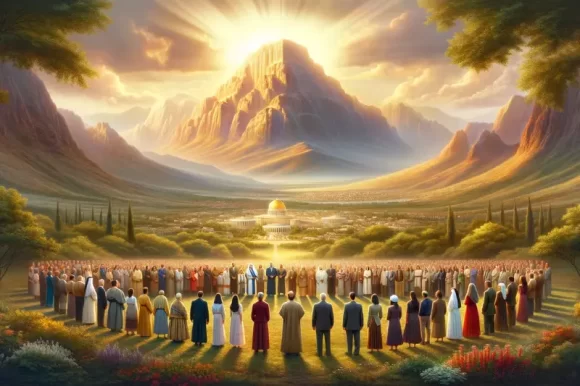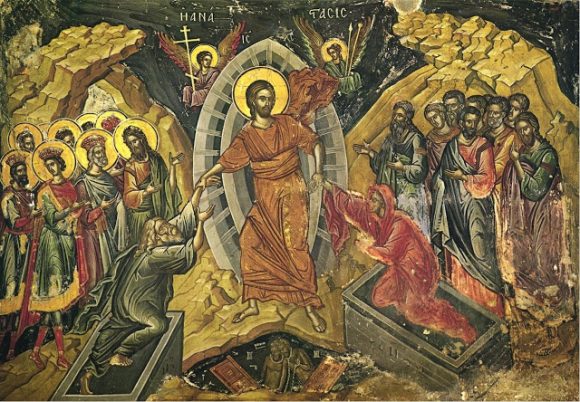This final portion of an e-book that I am writing has been a long time coming. With this final deposit, I have completed the first draft of my e-book titled: “A to Z of Christ’s Finished Work”. I will need to edit and refine and knit them all together before publishing the book. Z could […]
The death and resurrection of Christ were foretold by the prophets of the Old Testament. Alfred Edersheim found 456 Old Testament verses referring to the Messiah. J. Barton Payne found 574 verses describing Jesus’ coming. Conservatively Jesus coming and finished work fulfilled at least 300 prophecies about him. It demonstrates irrefutably that God keeps his […]
Everyone has heard of the popular X Factor programme created by Simon Cowell, where contestants with musical talents compete with each other to win over judges and TV audiences who vote online. The winner is the one with the X factor (an outstanding special talent or quality) and receives the prize of a record contract. […]
I remember that in the days of paper dictionaries the words before and after “worship” were “worse” and “worst” respectively. Worship keeps the “worse” from getting to the “worst”! Worship under the old and new covenant Worship of God under the old covenant was a tedious, costly and bloody affair. The bull, sheep, or goat […]
A problem with no human solution Throughout history, humans in their self-sufficiency, have sought to triumph over sin and death through various paths and methods. Religious practices of almsgiving and rituals that claim to rid one of sins are present in many religions. The ancient philosophers proposed that ethical and virtuous living could lead to […]
My home church decided to do an exhibition that is seeker friendly. It is stylishly named: Finitely Infinite. The exhibition guide states that it is an invitation “to explore the majestic cosmos and the profound depths of individual consciousness,” and “to encourage contemplation of our place within the grand design of creation”. It’s a great […]





